
‘The Gotthard is a symbol of openness to the world’
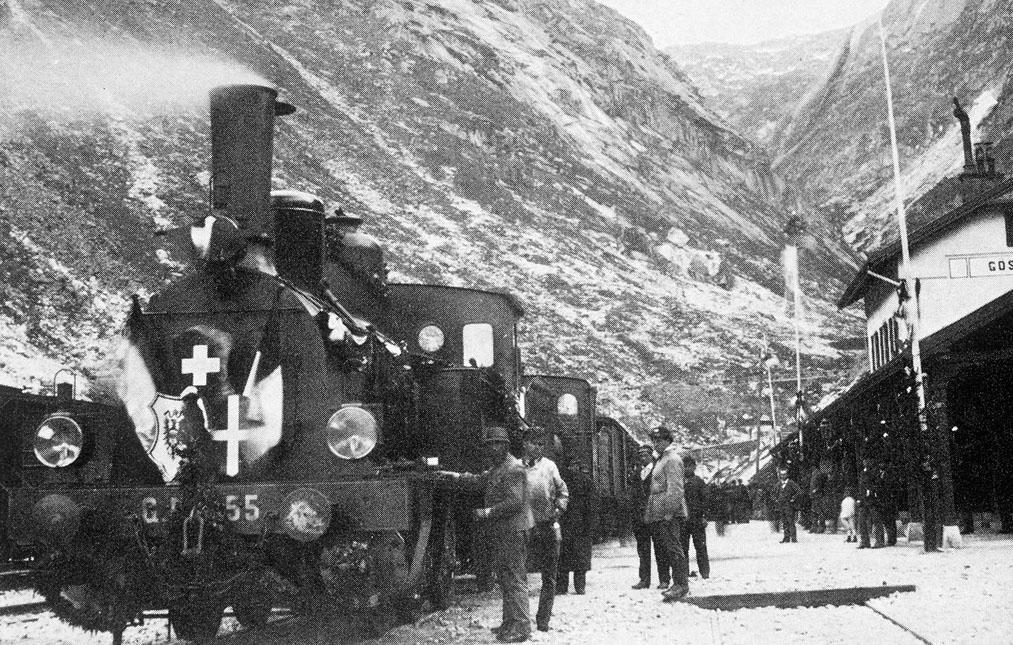
Peter von Matt knows more about the Saint-Gotthard Massif than any other Swiss person. The author spoke to the Nordwestschweiz newspaper about the myths surrounding the Gotthard and about the Swiss urge to bore tunnels.
Von Matt, a writer and literary academic, has probably immersed himself in the Gotthard Pass more deeply than anyone else in Switzerland.
You call the Gotthard the ‘Swiss Sinai’. Why?
It is a part of the Swiss identity, and since the 18th century at the latest it has been a national symbol. In the 19th century, all the European nation states rushed to come up with national symbols that showed how unique they were and distinguished them from other countries.
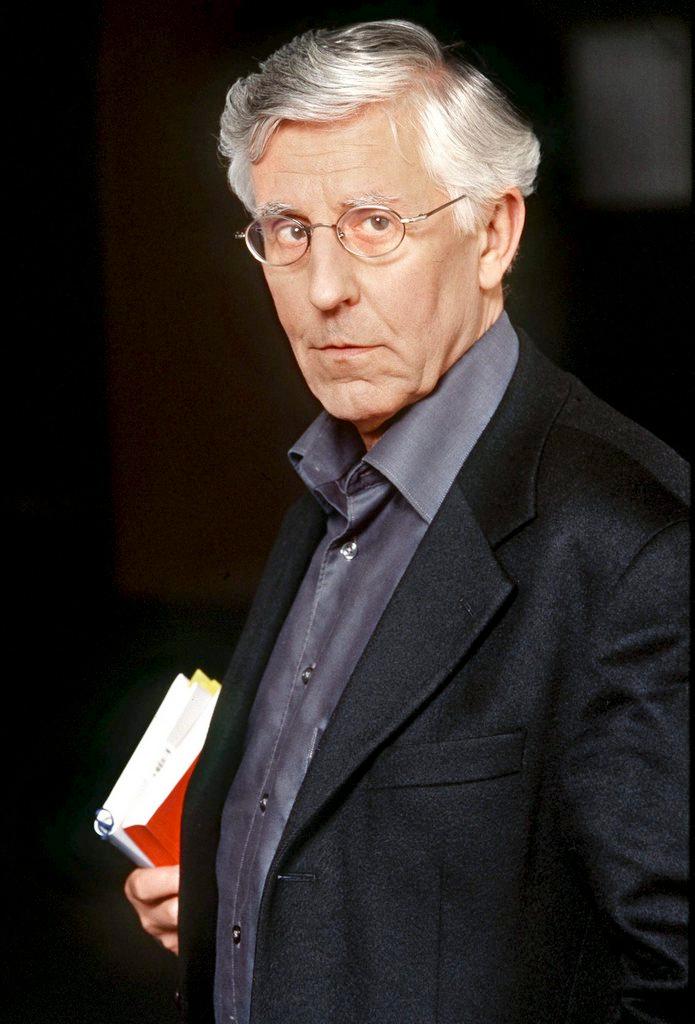
The mountain is neither beautiful nor high. How did it become a Swiss myth?
It isn’t a mountain at all, it is a pass, a crossing. But even in the 18th century, the determining idea was that it is the origin of all the great currents pulsing through Europe; a heart from which the lifeblood streams to the entire continent.
Why was the Gotthard chosen as the location for the tunnel?
This tunnel through the Alps was a European project. Germany, Italy and Switzerland planned and funded it together. And it was also, fundamentally, a military project. Germany – or Prussia – was politically allied with Italy against France at that time. That’s why Bismarck, the Prussian prime minister and later the German chancellor, wanted a direct route to Italy.
What happened to the Prussian and Italian stakes in the tunnel?
A few decades later, Switzerland purchased the two other countries’ stakes. When the work was completed, all the labourers who had survived the tunnel’s construction received a coin with the three coats-of-arms of Germany, Switzerland and Italy. Underneath them is written in Latin: “With combined forces”. But we have carefully forgotten that we didn’t do it alone and that most of the labourers were Italian.
In your collection of essays, “The Calf in Front of the Gotthard Post,” you write: “the belief in progress combined with conservatism, a Janus-headed way of looking to the future and the past at the same time, is a Swiss characteristic in political and literary life.” Is the Gotthard a “myth” for the conservatives or the liberals?
I hate the word myth in a political context. It has become a junk word for everything. The Gotthard as a pass and the Gotthard as a tunnel system are two national symbols of quite different types. Politicians with a tendency to pathos still evoke the pass as Switzerland’s heart. The tunnel system, on the other hand, is the showpiece of Swiss technological history. In that sense, it embodies Switzerland’s drive for progress but also the drive for European cooperation from an early age.

More
The legend of the Gotthard
External linkHow do you mean?
Switzerland has only survived through history because the great powers didn’t want to cede the Alpine passes to each other and therefore wanted Switzerland to guard these passes, which had to remain open to everyone. That was the great powers’ main interest in our country from the time of Napoleon through the Vienna Congress until the age of Bismarck.
Switzerland always knew this and carried out this task carefully, in the interest of self-protection. Even Hitler could use the Gotthard route until the very end to transport sealed cargo. Everything about the Gotthard is in a sense a cluster of symbols from which anyone can help himself to suit his theories.
The Gotthard was also the core of the Swiss National Redoubt. Switzerland drilled itself into the Gotthard.
The Redoubt was a military strategy developed by General Guisan that is still controversial today, but it can’t simply be declared wrong-headed in retrospect. The general knew that Switzerland could only be defended for a very short time at its national borders, but that if the Alps were conquered, the passes would be unusable for a long time. All the bridges in the Alpine region were mined. He couldn’t prevent Germany and Italy from joining forces to conquer Switzerland, but he could set things up so that it wouldn’t be worthwhile for them to do it.
This was a risky game, above all because Hitler’s decisions were often irrational. But because Germany also needed the Swiss banks – and needed Switzerland as an international espionage centre, as a place for secret political meetings and as a weapons supplier – we got away with it in the end. So that drilling was a factor in our survival.
Where does Switzerland’s notorious urge to bore tunnels come from?
Every culture – its technology and its art – is shaped by the geography of its terrain. Where there are mountains, there are also rock-faces and ravines, so you have to bore tunnels and build bridges.
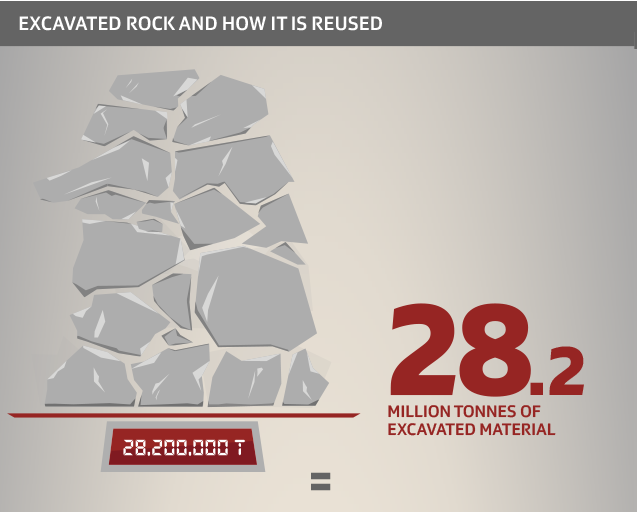
More
When a mountain becomes an island
Bridges? But in Switzerland we celebrate tunnels.
Bridges and bridge-building technology are just as important to our cultural history as tunnels. For centuries, the Gotthard presented a bridge-building challenge rather than a tunnel-boring challenge. That lives on in the saga of the Devil’s Bridge, and it can still be seen in the Schöllenen Gorge.
We mustn’t forget Swiss bridge-builders just because we are celebrating the tunnel-borers. Swiss bridge-builders have left their mark around the world. The fact that the Gotthard is an example both for tunnel- and bridge-building shows once more the extent to which it accumulates symbolic importance.
If everyone can find something in this accumulation of symbols, then the Gotthard must really have core significance for Switzerland.
We have to be careful not to declare the Gotthard the only political and technological occurrence in Switzerland. The pass is not a particularly old one. The most important Swiss passes were originally opened and used by the Romans, in Graubünden and Valais; the passes of Grimsel, Furka and Brünig. Our culture comes from the Romans. The Germanic tribes simply invented the trousers and brewed beer. We are much more Roman than we are Germanic or Alemannic.
How can you tell?
The Romans brought to this country wine-growing, road-building, houses with walls, tiled roofs, Roman law, grammar and highly developed technology. Even cheese is Roman; we can tell from the word.
The Basel cultural historian Jacob Burckhardt coined the term “accelerated processes” at the time of the construction of the first Gotthard tunnel in 1872. Today we would translate that as globalisation. Did the Gotthard lend impetus to globalisation?
As soon as we set aside the urge to think only in the present and stop seeing everything from the Swiss perspective, we see clearly that ever since it first opened, the Gotthard pass has provided a major means of communication within Europe. It was a trade route to Italy, an exit route for thousands and thousands of Swiss mercenaries and a gateway to let in Italian culture and the humanist spirit.
Farmers in central Switzerland have traded with Lombardy and Piedmont since time immemorial, just as the French-speaking Swiss traded with Burgundy and France, and the people of Zurich traded with Alsace and southern Germany. The Gotthard was and is a significant link between Switzerland and the rest of the world. It is a symbol of our openness to the world.
What does the Gotthard mean to you personally?
I was a soldier in a mountain-defence battalion and most of my exercises took place in the Gotthard region. That’s why I have an objective view of the area. When you have marched for days and nights over the scree – and have often had to drink out of every puddle to avoid dying of thirst because the best army in the world couldn’t provide drinking water for its soldiers – then you see the sublime mountain world in a somewhat different light.
I would never stand on the Gotthard and deliver a speech about the heart of Switzerland. Going up there to pontificate at some celebration is something for people who live in nice villas and look at the Alps from a distance.
Translated from German by Catherine Hickley

In compliance with the JTI standards
More: SWI swissinfo.ch certified by the Journalism Trust Initiative
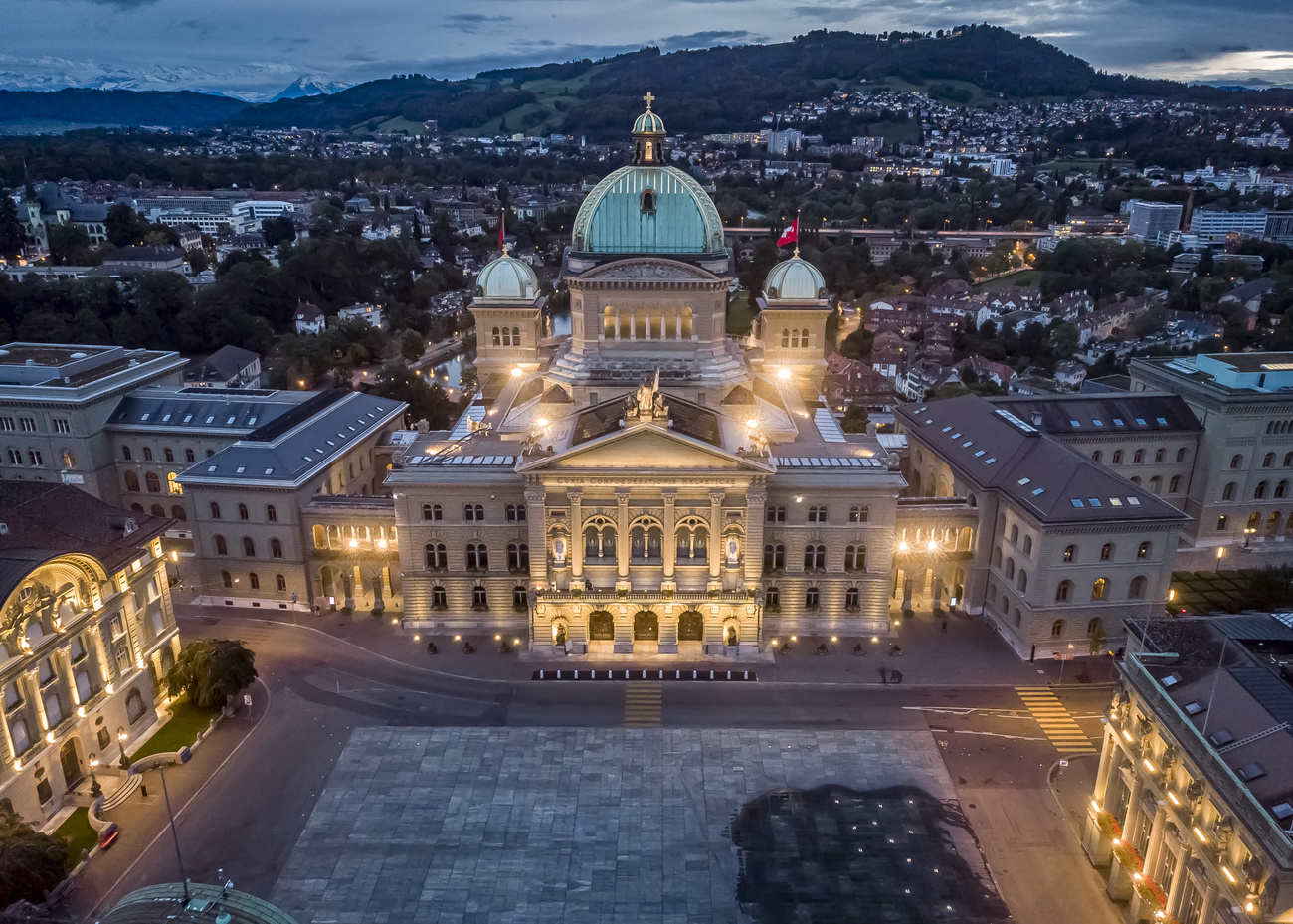

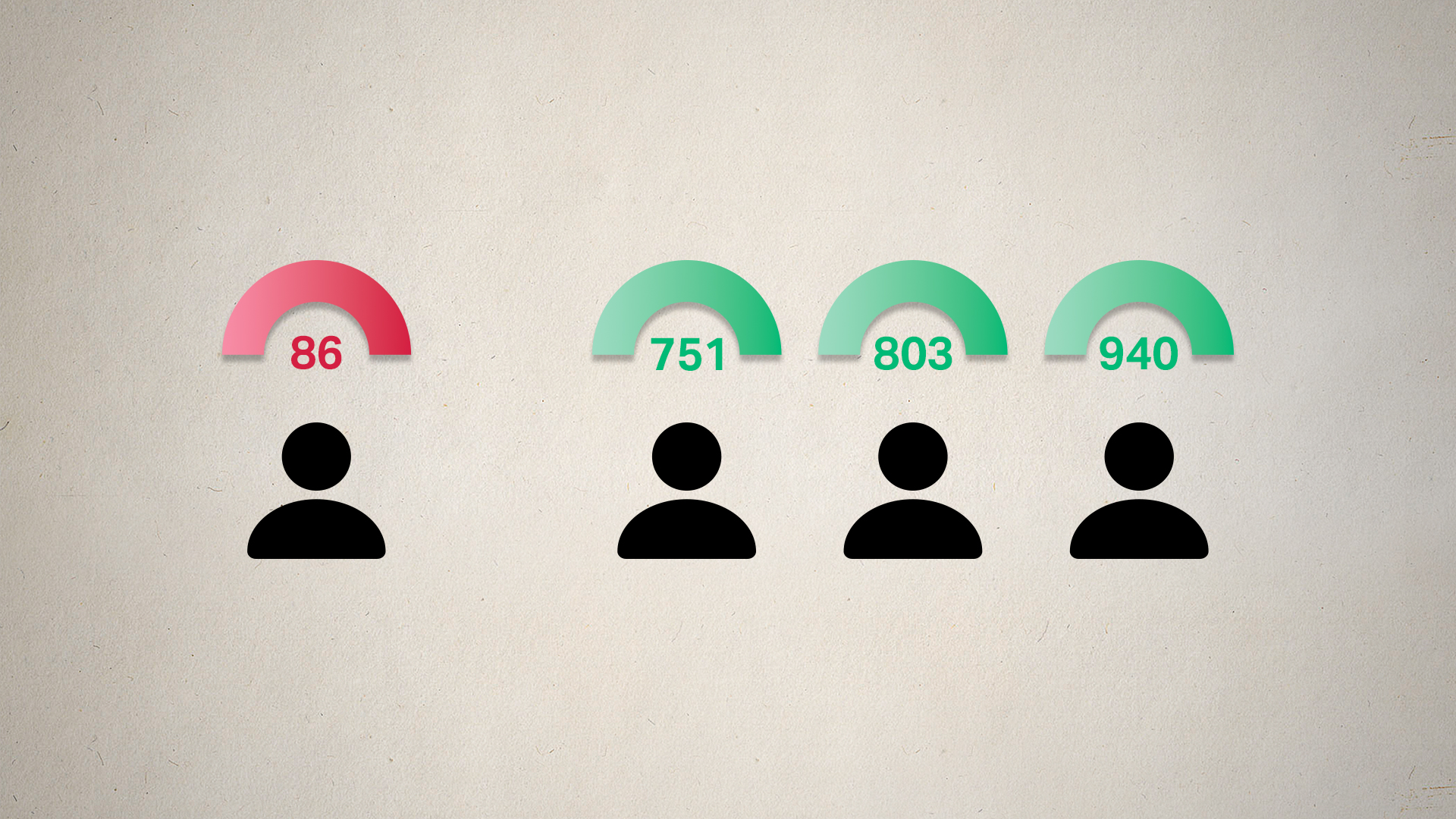




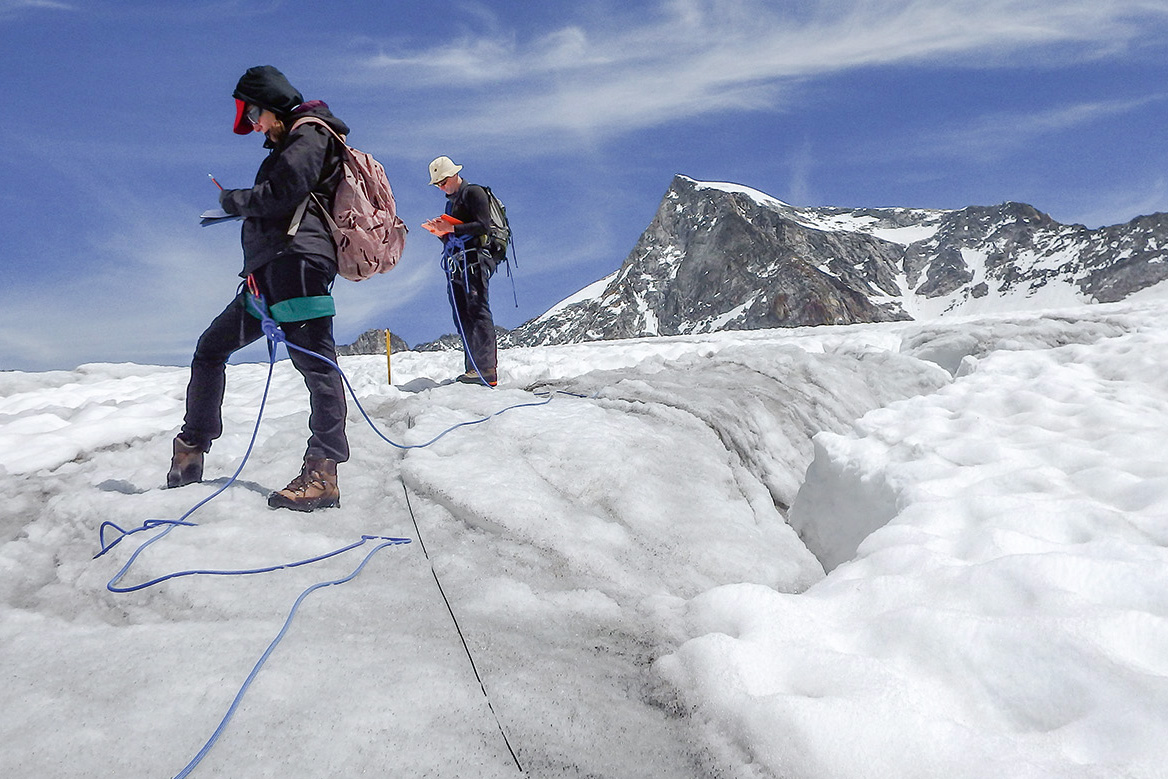

























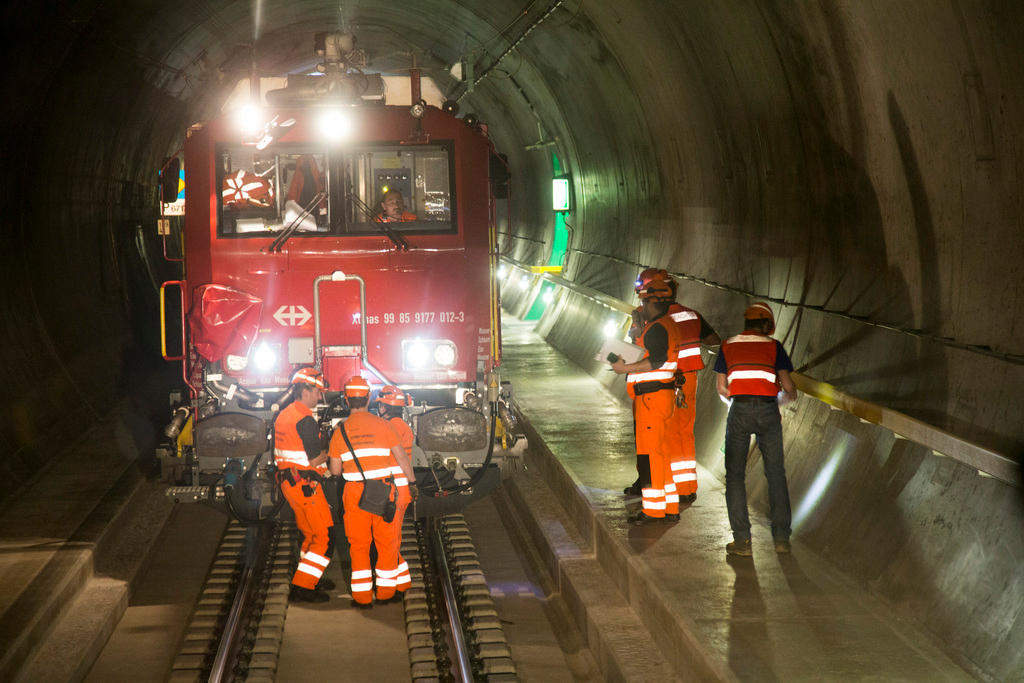

You can find an overview of ongoing debates with our journalists here . Please join us!
If you want to start a conversation about a topic raised in this article or want to report factual errors, email us at english@swissinfo.ch.